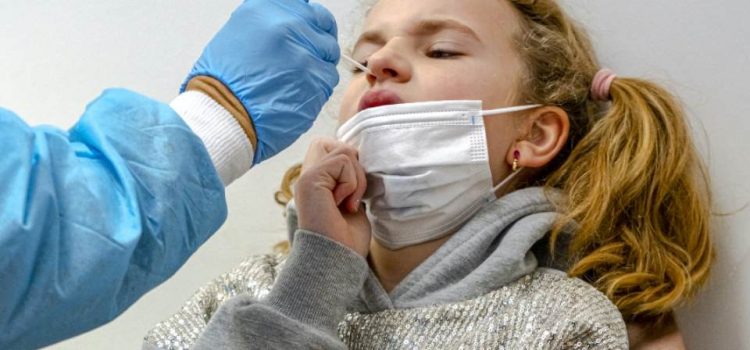Urgent message: Though not considered as at “at risk” for severe disease with COVID-19, children have suffered significant disruptions to educational and personal activities throughout the pandemic. Recognizing urgent care’s role in testing for the virus could show benefit for families and urgent care centers alike. Rita P. Nunag, MD; Francesca M. Darquea, MD; Claire Loiselle; and Magdy W. Attia, MD Citation: Nunag RP, Darquea FM, Loiselle C, Attia MW. COVID-19 testing pattern in a …
Read More









